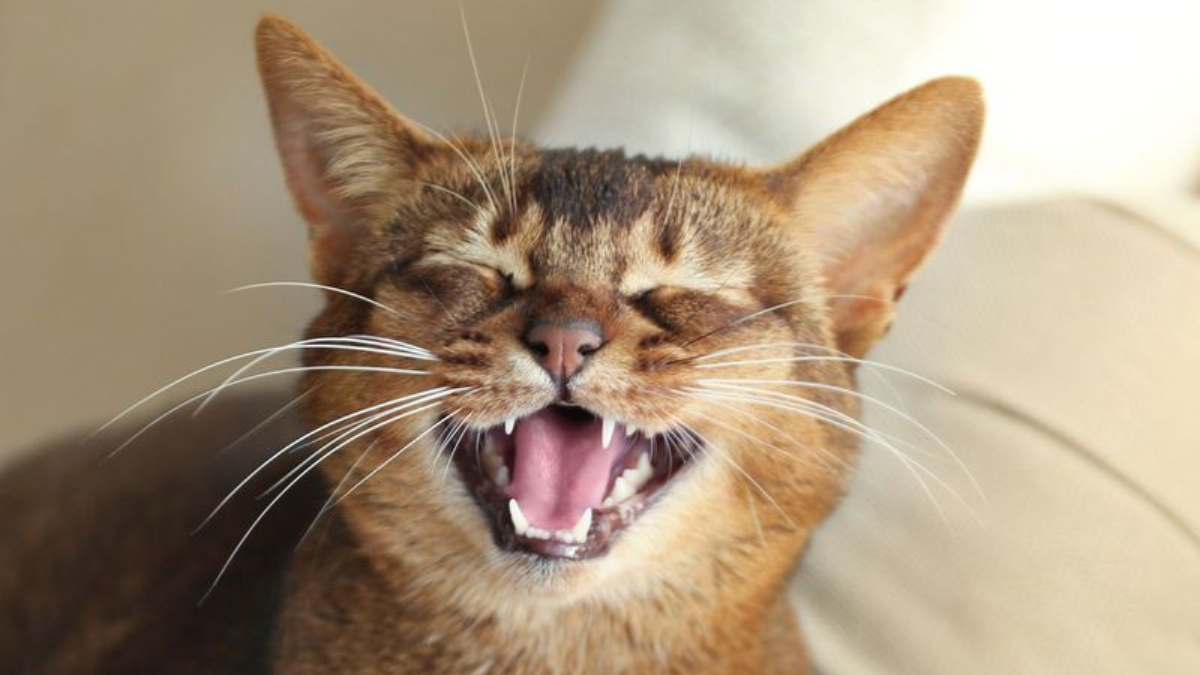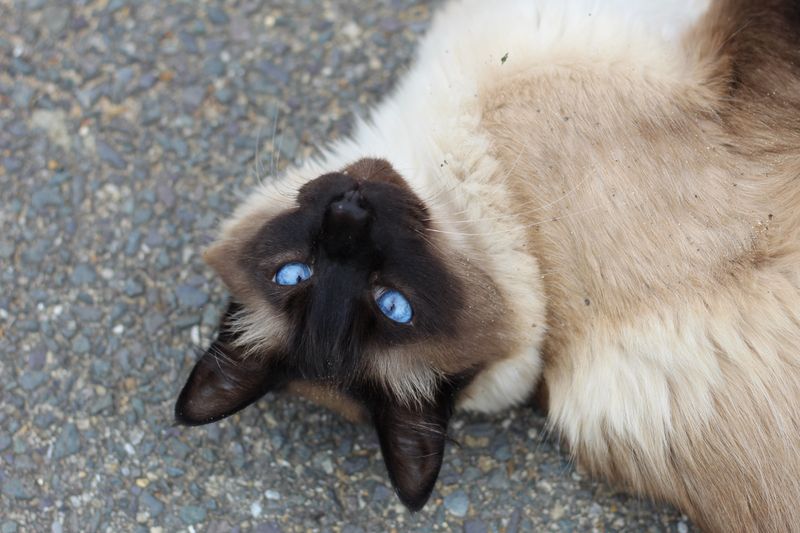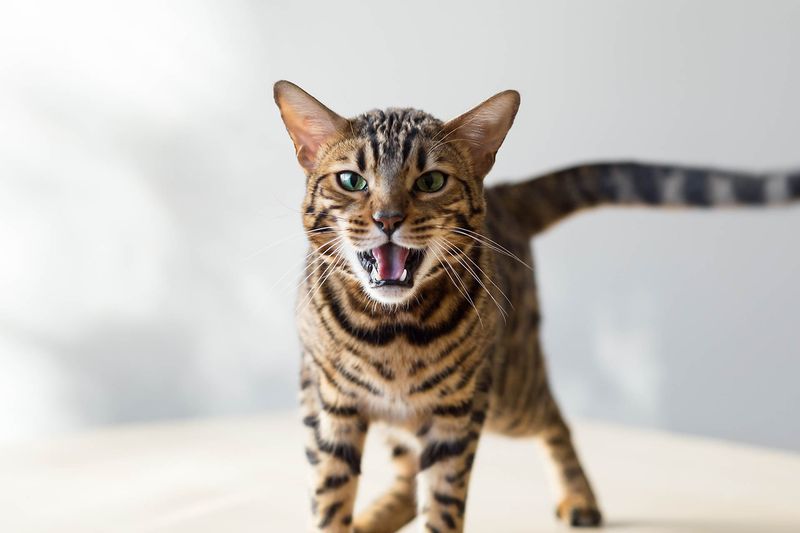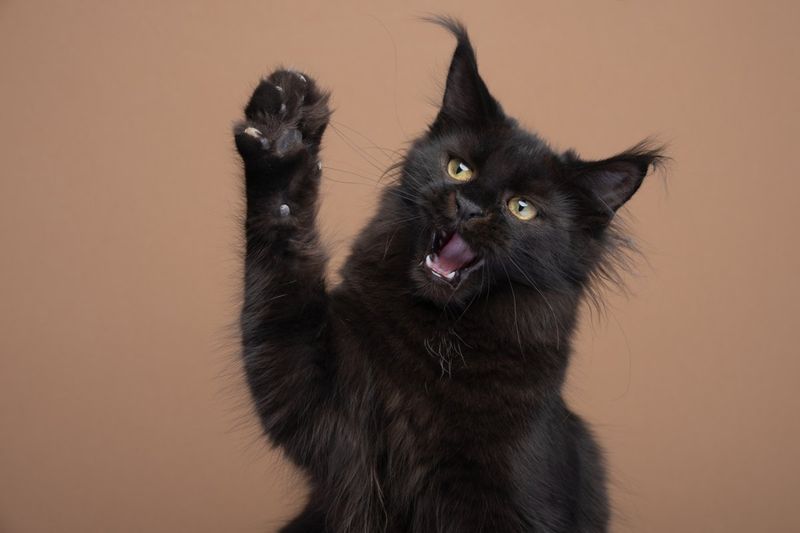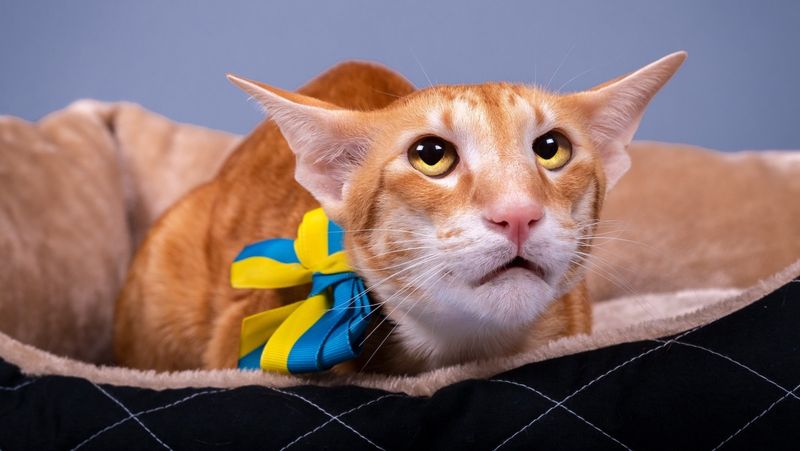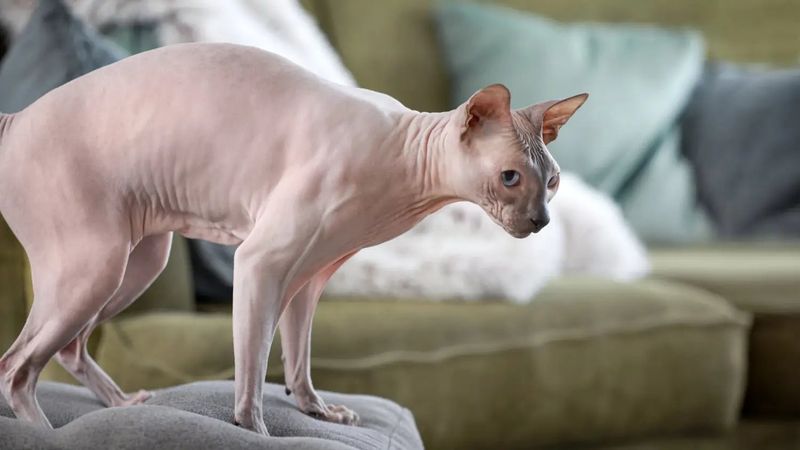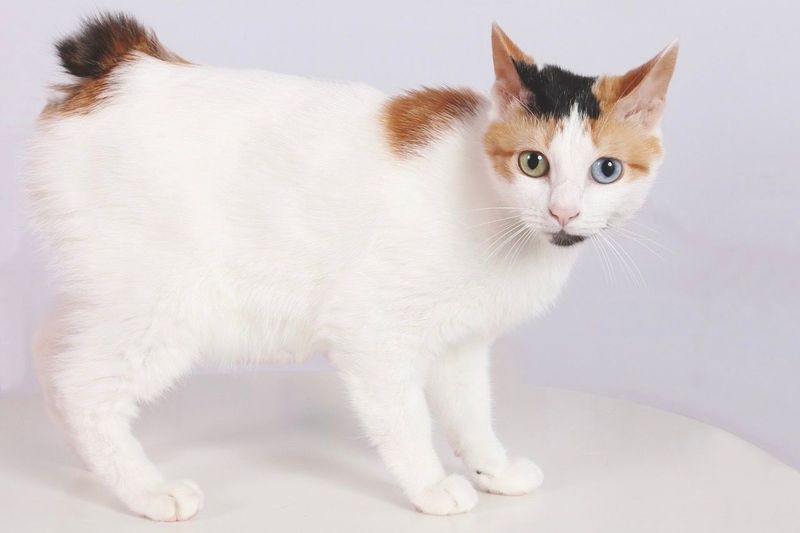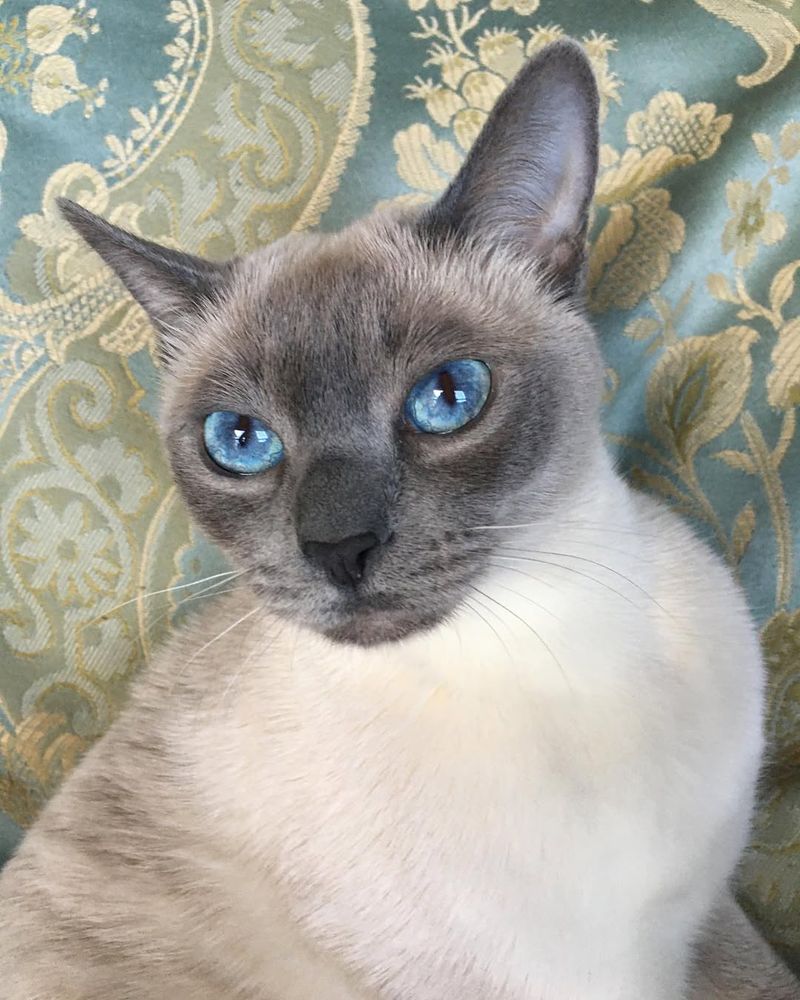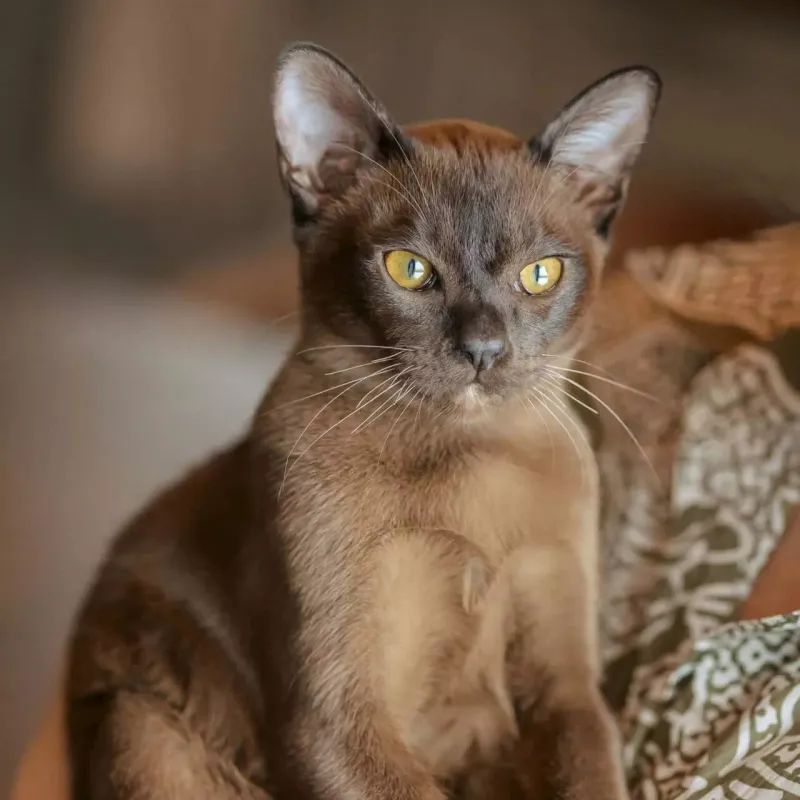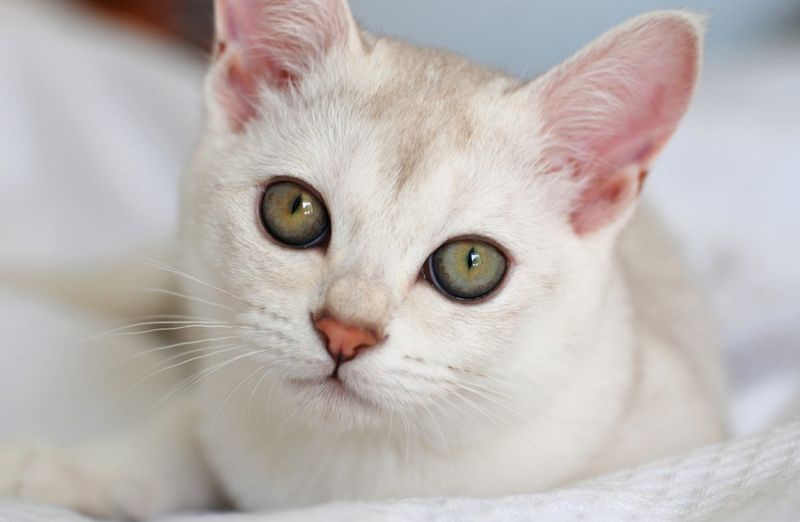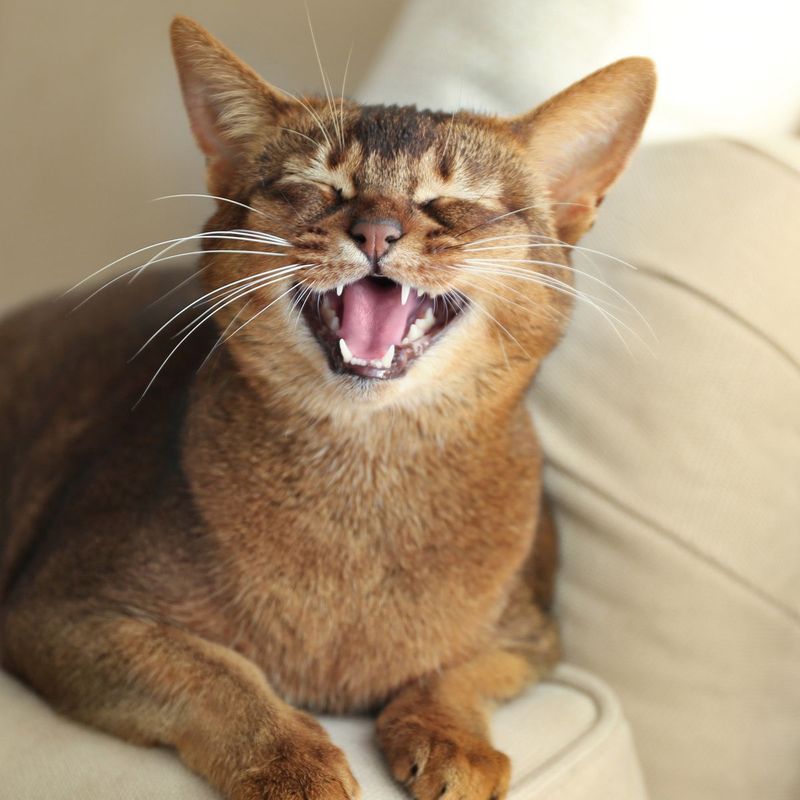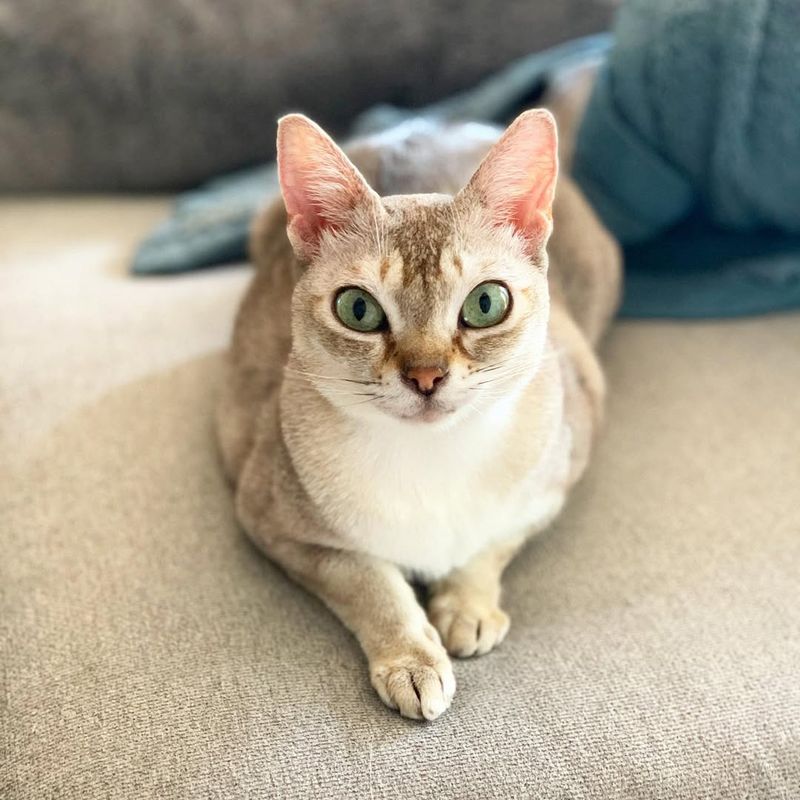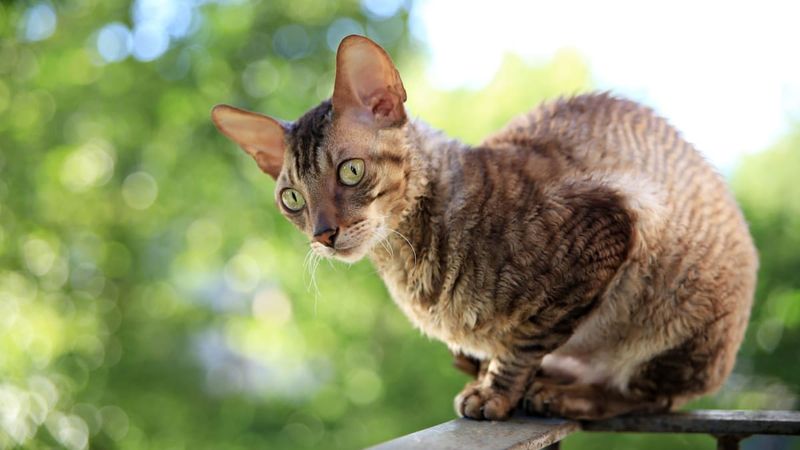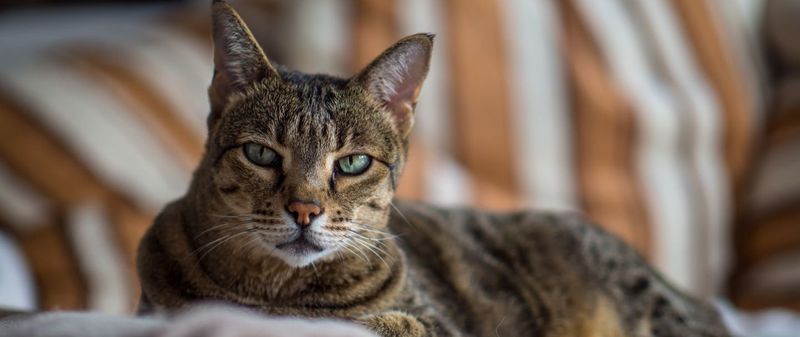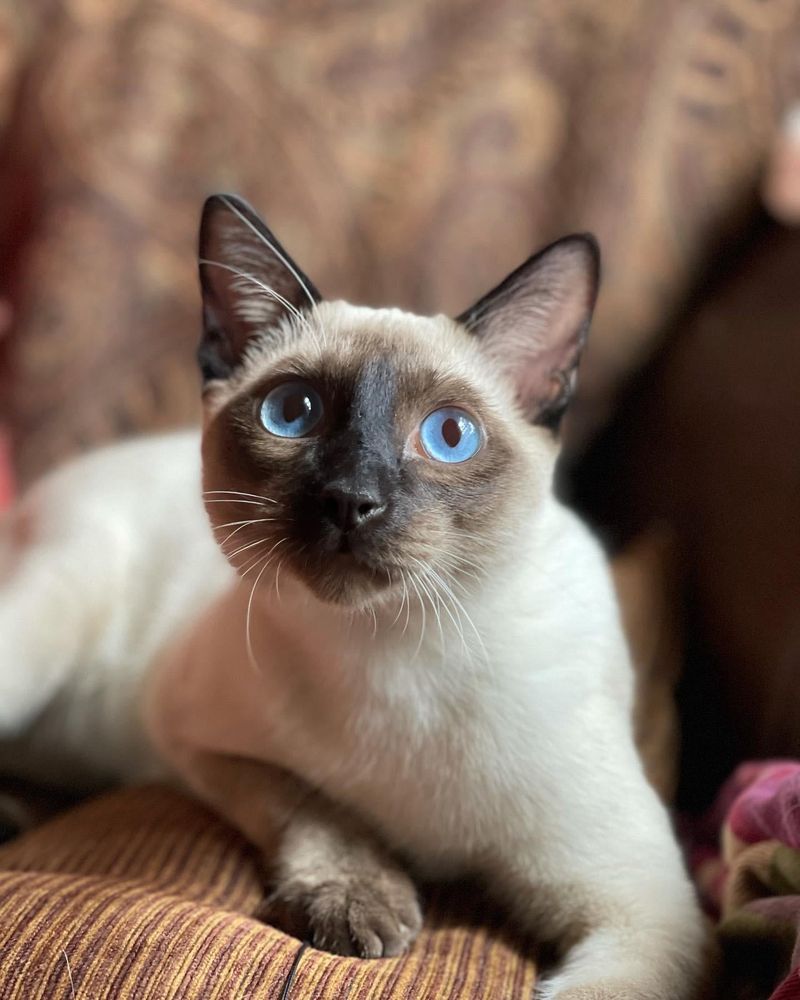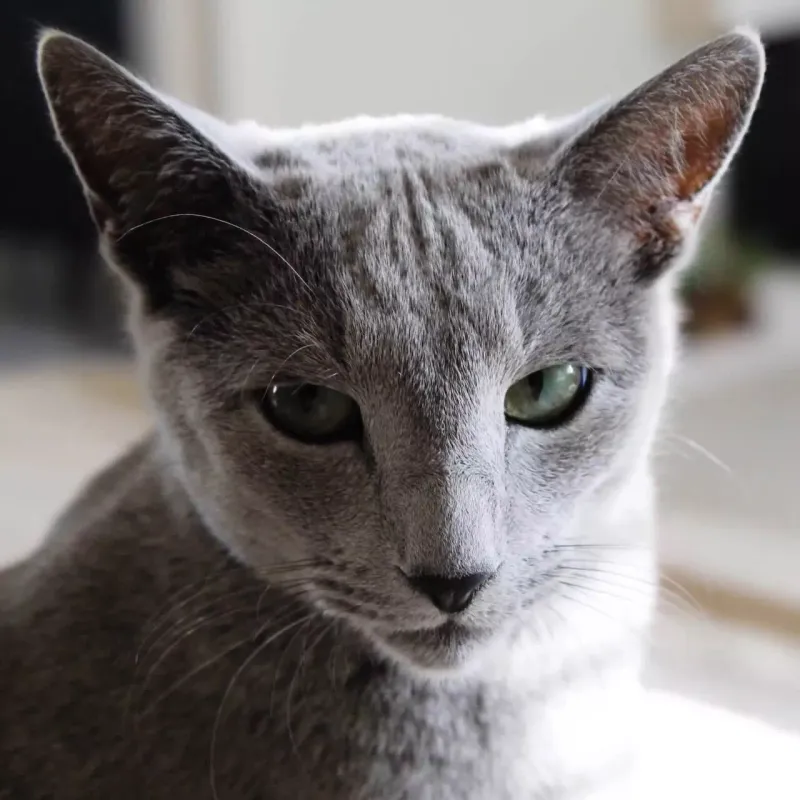📖 Table of Content:
Cats are known for their unique personalities, and for some breeds, vocalization is a key part of their charm. From constant meowing to high-pitched chirps, these felines are never shy when it comes to making their voices heard. Understanding the reasons behind their vocalizations can provide insight into their needs and emotions.
Certain cat breeds are particularly known for their chatty nature, often using their voices to communicate everything from hunger to affection. These vocal cats can express themselves in a variety of ways, making them fascinating companions for those who enjoy a little extra conversation. Their vocalizations aren’t just random sounds, but meaningful expressions of their moods and desires.
Recognizing the different sounds these breeds make can enhance the bond between you and your feline friend. By understanding what each meow, chirp, or yowl means, owners can better meet their cat’s emotional and physical needs. Each breed brings its own distinctive vocal flair, contributing to a dynamic and interactive relationship.
1. Siamese
Siamese cats are famously vocal, known for their loud and persistent meows. Their vocalizations are often compared to a baby’s cry, demanding attention and interaction from their humans.
These cats not only express their needs but also their opinions, making them one of the most talkative breeds. Their meowing often means they need companionship or are simply curious about household happenings. To foster a happy Siamese, engage with them frequently and provide plenty of interactive playtime and affection.
2. Bengal
Known for their diverse sounds, Bengal cats produce everything from chirps to howls. Their vocalizations are a reflection of their lively, adventurous personality. Often, their meows signal a need for interaction, play, or mental stimulation.
Owners can keep Bengals happy by providing interactive toys and plenty of space to explore, satisfying their adventurous spirits.
3. Maine Coon
While quieter than some breeds, Maine Coons communicate with distinctive chirps and trills. These sounds are typically used to express curiosity or show affection. Their vocalizations are common when they’re exploring or greeting their loved ones.
To keep a Maine Coon content, ensure they have plenty of stimulation and opportunities to observe their environment, which they love to explore.
4. Oriental Shorthair
With their love for conversation, Oriental Shorthairs are among the most vocal cat breeds. Their expressive meows are a sign of their outgoing and interactive personality. These cats often meow to seek attention or to voice their observations about what’s happening around them.
Engage with them regularly, offering a listening ear and plenty of interactive play to keep them satisfied and secure.
5. Sphynx
The Sphynx cat is known for its lack of fur and its love for vocal interactions. They are often described as having a raspy meow which they use liberally to communicate.
Their vocalizations usually mean they’re seeking warmth, companionship, or attention due to their social nature. Sphynx cats thrive in environments where they receive constant affection and warmth, so ensure they have cozy spots and ample cuddle time with their humans.
6. Japanese Bobtail
Known for their soft, melodic meows, Japanese Bobtails enjoy vocalizing frequently. Their meows are an expression of their social nature and need for attention. These cats thrive on human interaction and often use their voices to initiate playtime or companionship.
To keep them happy, provide toys and dedicate time for interactive games, ensuring they feel involved in the household activities.
7. Tonkinese
With their loud and distinct voices, Tonkinese cats are incredibly social and vocal. Their meows are typically a sign of their desire for companionship and attention. They enjoy being part of the action and will use their voices to make sure they aren’t left out.
Owners should engage with them through regular play and conversation, ensuring their social and affectionate nature is catered to.
8. Burmese
Burmese cats are known for their soft, sweet voices, which they use frequently to communicate. Their meows generally express a desire for attention or to be near their favorite humans.
They are highly social and enjoy following their owners around, meowing to express affection and interest. These cats thrive in environments where they can be close to their humans, requiring regular interaction and affection to feel secure and happy.
9. Burmilla
Known for their gentle, melodic meow, Burmilla cats use their voices to communicate their needs and desires. These vocalizations are usually a call for companionship or play. Their playful and affectionate nature is evident in their soft meows, which express both joy and curiosity.
Ensure they have plenty of opportunities for play and interaction, keeping their spirits high and their minds engaged.
10. Abyssinian
Abyssinians are known for their energetic nature and distinctive chirping sounds rather than meows. Their vocalizations often indicate a desire for exploration or play. These curious cats use their voice to express excitement about their surroundings or when engaging in interactive play.
To keep them content, provide stimulating environments and activities that cater to their adventurous spirits and need for physical activity.
11. Singapura
With their soft but persistent meows, Singapura cats communicate their playful and affectionate nature. Their vocalizations often signal a desire for attention or companionship. These cats are social butterflies, using their voices to engage with their human families and foster strong bonds.
Ensure they have plenty of opportunities for play and close interaction, which are essential for their well-being and happiness.
12. Cornish Rex
The Cornish Rex is known for its unique, high-pitched meow, reflecting its lively and playful nature. These cats use their voices to express a desire for interaction and affection.
Their vocalizations often accompany playtime or moments when they seek companionship. To keep a Cornish Rex happy, owners should provide plenty of play opportunities and ensure they have a warm, interactive environment to thrive in.
13. Savannah
A cross between domestic cats and servals, Savannah cats are known for their chirps and expressive meows. Their vocalizations often indicate a need for exploration or attention.
These cats are energetic and intelligent, using their voices to communicate their adventurous desires. Owners should ensure their Savannah has plenty of space and stimuli to explore, satisfying their curiosity and active nature.
14. Balinese
Sharing a vocal nature with Siamese cats, Balinese cats are known for their loud and expressive meows. These vocalizations usually indicate a desire for attention or companionship. Their expressive nature makes them communicative and affectionate companions.
These cats are affectionate and enjoy engaging with their human companions, often following them around the house. To keep a Balinese content, ensure they have plenty of interaction and affection, satisfying their social and emotional needs.
15. Russian Blue
Though Russian Blues are generally quiet, their meows are soft and meaningful, used sparingly to express affection or seek attention.
Their soft vocalizations often indicate they are comfortable and secure in their environment. Owners should maintain a calm and stable environment, ensuring these cats feel loved and included, which encourages their gentle, affectionate nature.
